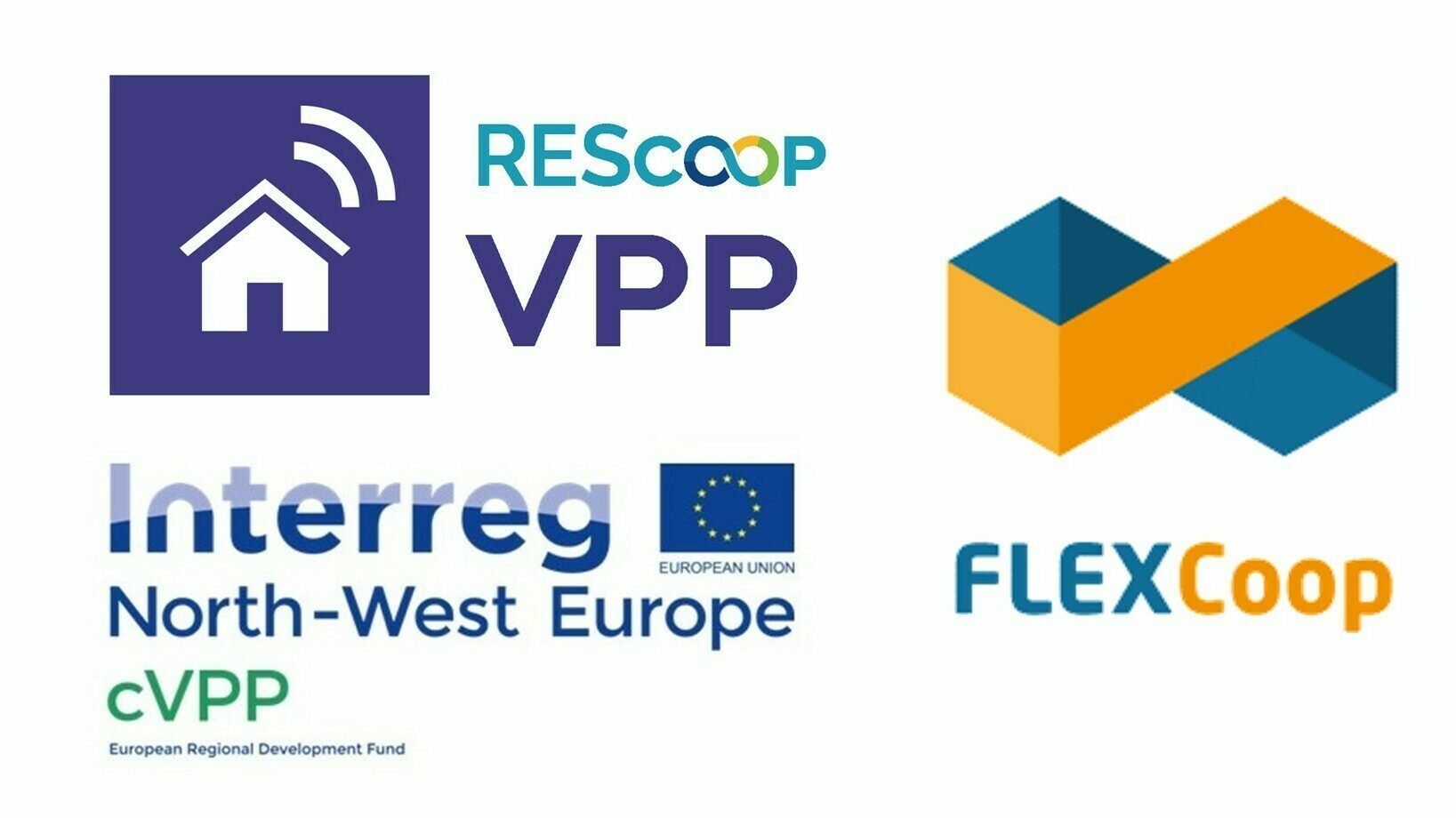News
WEBINAR RECAP - Unlocking community-based flexibility to transform the energy system II
After a very interesting first edition back in November 2020, REScoop.eu joined forces again with the REScoop VPP, cVPP and FLEXcoop projects on the 29th of January in a second edition of the community-based flexibility webinar. The webinar series shares insights and stories from energy communities that are trying to capture the benefits of a citizen-centred approach to manage decentralised energy resources. This second edition was focused on engaging citizens to take an active role in balancing the grid.

"How can citizens be engaged to take a more active role in balancing the grid?" This question was the starting point of our second community-based flexibility webinar. We dug into this question by sharing insights and hands-on experiences from cooperatives and people involved in the FLEXcoop project, which came to a close at the end of January.
Roland Tual, project manager at REScoop.eu, presents the brand new FLEXcoop report, which summarises the results of the research that was conducted during the three-year FLEXcoop project. He further reiterates some insights from the first webinar and elaborates on key concepts, such as energy communities, collective-self consumption and the landscape of flexibility services. Finally, he provides some insights into what the role of cooperatives can be in the flexibility story.
Sylvia Breukers from Duneworks took the (virtual) floor highlighting the increasing complexity of the current energy system. Together with Luc van Summeren, she is involved in the community-based Virtual Power Plant (cVPP) project. In this project, partners tried to come to grips with this complexity: "how can we engage others when we ourselves do not fully understand where this is going?" The cVPP project develops ideas for a Virtual Power Plant (VPP) based on community values. One of the outcomes of the project is the Mobilisation-and-Replication (MoRe) model.
Luc van Summeren (TU/e) further explains the "what, why and how" of community-based VPPs. A cVPP enables energy communities to manage energy demand and supply within their community and to trade energy and flexibility. Working together with your community as a virtual entity enables you to collaborate with large system actors and allows you to participate on the energy market. The MoRe model allows communities to explore whether a VPP for energy trading and flexibility services is a possibility for their community.
Next up were Pau Pañella (Som Energia) and René van Vliet (Energie Samen), sharing experiences from implementing cooperatives' flexibility services.
Pau Pañella demonstrates Som Energia's two main flexibility drivers: self-consumption and dynamic prices. The main goal of their pilot projects within the FLEXcoop project was to maximise consumption from PV rooftops and to use the energy when it's cheapest. They experimented with FLEXcoop smartboxes that acted as a gateway for data between heatpumps and the FLEXcoop ecosystem, where the data was analysed. Having run multiple tests with differing variables, Pau Pañella concludes that there remains much work to be done to create a viable business case, "but the REScoop VPP project is really promising in this regard".
René Van Vliet, our last speaker, shares his dream of energy communities built on local values, where energy is shared and profits are used for the common good. Today many obstacles remain to achieve this dream. By setting goals and working towards them step by step, these obstacles can be overpowered. An important step for Energie Samen is to figure out how cooperatives can earn money to start building on that dream. René Van Vliet explains how the market and energy system offer opportunities for cooperatives to earn money from flexibility services.
Please find below the recording of the webinar, the presentations of our speakers and the chat history.
